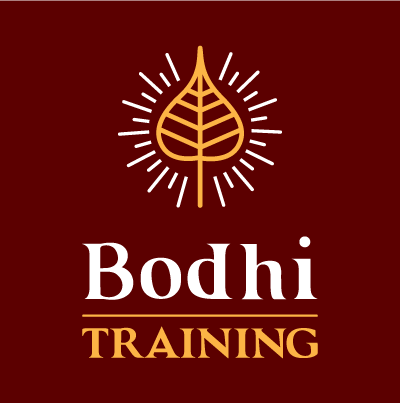 I try to sit in meditation to be better at being what I am, to be more natural and free. That’s the answer I often get from people I meet, when I ask them, why do you meditate? The starting point is that I want to be better at being myself, the more free and easy me. Freedom is possible, but what happens down the line may be something else entirely and therefore we need to go about it the right way.
I try to sit in meditation to be better at being what I am, to be more natural and free. That’s the answer I often get from people I meet, when I ask them, why do you meditate? The starting point is that I want to be better at being myself, the more free and easy me. Freedom is possible, but what happens down the line may be something else entirely and therefore we need to go about it the right way.
During a normal day, there are thousands of moments, where we get hammered by sensations, haunted by needs and wants, pressed by obligations, stressed by demands. We have to be our best. We have to be cool, calm, collected, efficient and creative. It can be so tiring to live up to. That is why the chance of an inner sanctuary is enticing. The prospect of meditation to give the tired mind a pause, a break to relax and be free.
People’s most common occupation while meditating is to try to be quiet in body and mind. For some people it is to notice the breath, or to simply remain mindful of sensations. For others it is to be aware of whatever memory or thought that may come to mind and nothing more, other than noticing what happens and unfolds. During these methods it is easy to bring in artificial meditation attitudes and strategies. This is not a part of the plan, but it happens almost involuntarily from past habits. There is a whole spectrum: at the one end focusing in an overly strenuously mindful fashion and, at the other end, letting go so much that one dozes off into sleep. All of this busyness has nothing to do with being oneself at one’s best, natural and free. The meditation state has been hijacked.
To recapture our meditation journey, we need three practical qualities of nondoing. First the quality of ease; sitting at ease, placing the attention at ease, stopping while at ease and then continuing the meditation again at ease. In this way we avoid getting tired of holding the body posture and maintaining an artificial state of peace.
The next is to stay fresh, by starting from the beginning, again and again. Rather than keeping a favorite state of mind for a long time, let it go and start over. This is very different from building up a meditation state, an intimate personal space, undisturbed and cozy. The right way is to let go of the attempt to control the peace and quiet, and instead leave the experience open to allow whatever happens to happen. By training in this way, beginning all over again and again, we grow more familiar with being open and more innocent, instead of following a strategy that create peace and quiet.
The third and most effective way to be yourself is to train in being on standby, alert yet relaxed, to be in a state of readiness. Rather than being occupied by the act of meditating, train again and again in yielding the urge, releasing the act of doing as it begins. In other words, remain unoccupied, jobless in the meditation.
With these three qualities of being at ease, fresh and ready, meditation becomes a training in being free. The meditation is now an declaration of freedom and it is from within this freedom that the best we can be has room to unfold. A blossoming flower reveals its colors, fragrance and sweetness for all to enjoy. Likewise our natural kindness, intelligence and creativity can now be enjoyed, by ourselves and by others, more and more. This is how meditation lets us be the best we can be.
To ensure that the effect of our meditation training multiplies a million times, always conclude the session with a noble wish: May this training in non-doing bring benefit to countless sentient beings, easing their minds to be natural and free.
Share this Post
